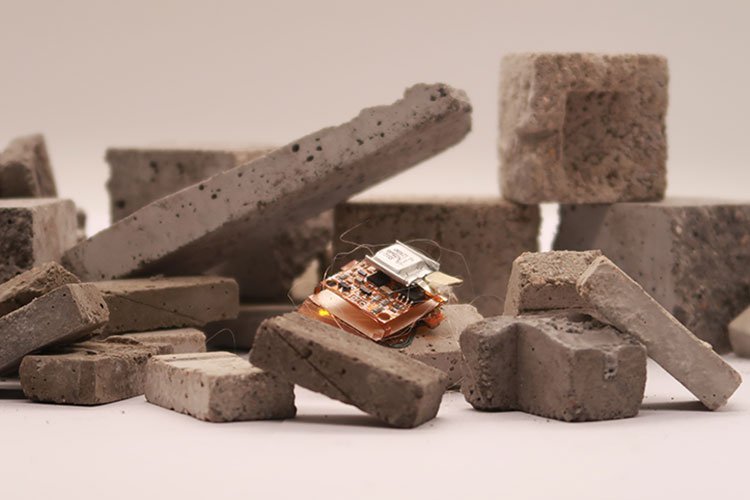Robotics
Engineers Create Insect-Sized Robot With Agility of Cheetah

Engineers at University of California, Berkeley have developed an insect-scale robot that can swerve and pivot with the agility of a cheetah. The team drew inspiration from the various insects and spiders that can walk upside down with specialized sticky footpads. The newly developed robot can move through complex terrain and avoid unexpected obstacles.
The robot is made out of a thin, layered material that can bend and contract when an electric voltage is applied.
Back in 2019, the team first demonstrated the material with a cockroach-size robot able to move across a flat surface at 20 body lengths per second, or about 1.5 miles per hour, which was the fastest relative speed of any insect-sized robot.
Electrostatic Footpads
The new study involved the team adding two electrostatic footpads to the robot, and they then applied a voltage to either of the footpads to increase the electrostatic force between the footpad and surface. This resulted in the footpad sticking more firmly to the surface while the rest of the robot rotated around the foot.
With the two footpads, operators have full control over the trajectory of the robot. They can enable the robot to make turns with a centripetal acceleration, which is faster than most insects.
Liwei Lin is a professor of mechanical engineering at UC Berkeley.
“Our original robot could move very, very fast, but we could not really control whether the robot went left or right, and a lot of time it would move randomly, because if there was a slight difference in the manufacturing process — if the robot was not symmetrical — it would veer to one side,” said Lin. “In this work, the major innovation was adding these footpads that allow it to make very, very fast turns.”
The research team filmed the robot navigating Lego mazes to test and show its agility. It carried a small gas sensor and swerved to avoid falling debris. With its design, the tiny robot is able to withstand being stepped on by a 120-pound human.
Real-World Uses
Small insect-like robots such as this one could be used in search and rescue missions or to investigate and explore hazardous environments. For example, it could be deployed to look for potential gas leaks.
The robot was mostly tethered, or powered through a small electrical wire, but there is an untethered version that operates on battery power for up to 19 minutes and 31 meters.
“One of the biggest challenges today is making smaller scale robots that maintain the power and control of bigger robots,” Lin said. “With larger-scale robots, you can include a big battery and a control system, no problem. But when you try to shrink everything down to a smaller and smaller scale, the weight of those elements become difficult for the robot to carry and the robot generally moves very slowly. Our robot is very fast, quite strong, and requires very little power, allowing it to carry sensors and electronics while also carrying a battery.”














